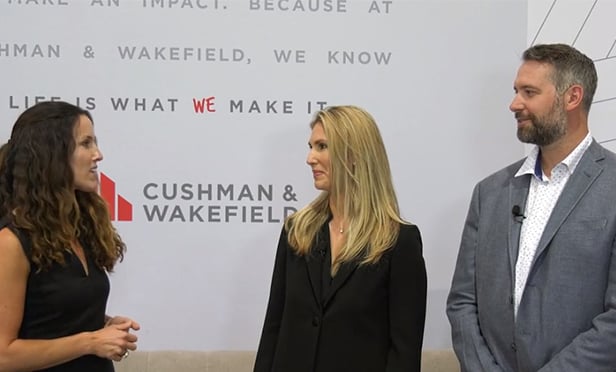NEW YORK CITY—For decades, real estate investors have utilized the 1031 tax free exchange to reinvest sale proceeds for like-kind property, therefore deferring the capital gains tax due. It has encouraged investors to increase their real estate holdings, as opposed to taking their chips off the table. This has bolstered the real estate industry and been a bastion for real estate brokers. A 1031 buyer is a motivated one, who must act on a limited time frame. However, if President Obama's 2015 budget proposal goes through, this could all soon change.
On March 4, the Treasury released their 297-page 2015 Federal Budget. Buried in it was a proposal to limit the amount of capital gains deferred to $1,000,000, which would be indexed for inflation. According to Forbes, this could account for an additional $18 billion in tax revenue over the next 10 years. What is not being considered is the tremendous potential loss of tax revenue from the additional investment, which is a result of the current IRS code. If enacted, the provision would be effective for like-kind exchanges completed after December 31, 2014
My team has witnessed our clients regularly exchanging into other properties, mostly NNN leased properties nationwide. Many of the premium prices achieved are a result of 1031 buyers pushing the envelope to qualify. Out of our last 20 investment sales, 11 involved an exchange.
Once a seller closes, they have 45 days to identify up to three properties (unless they qualify for the 200% rule, where they can identify more). Those 45 days take place within a 180-day timeframe in which the replacement property must close. Reverse 1031 exchanges are also feasible if a replacement property closes 180 days before the relinquished property is sold, but they can be more complicated and costly to do.
The Obama Administration does not seem to view 1031 exchanges as a positive for the economy, according to a memo circulated by the CPA firm Shanholt Glassman Klein Kramer & Co. Deferred exchanges were originally driven by the difficulty of valuing exchanged property. Apparently now, taxpayers should be able to value the properties involved. The use of qualified intermediaries in complex three party exchanges highlights the fact that valuation is no longer the hurdle it once was. The greater concern seems to be that 1031 exchanges encourage “permanent deferral” by allowing taxpayers to continue the cycle of tax deferred exchanges.
A bipartisan tax reform group headed by Congressman Dave Camp (R-MI), Chairman of the House Ways and Means Committee, is also examining Section 1031. They will likely oppose this proposal, but will offer ways to better regulate it. They have also put forth an interesting concept of modifying the rules to allow foreign real property to be exchanged for US real property, but continue to disallow the exchange of U.S. real property for foreign real property. Ultimately Sandy Klein, a partner at Shanholt, believes that placing a cap on the amount exchanged is a long shot; however, he is closely watching the matter for his clients.
In all, I believe it is important to recognize that raising taxes or eliminating tax efficiencies doesn't always produce more tax revenue. The famous Cuomo tax was a great example of this when, according to The New York Times in 1991, “the take has dropped sharply, as has the level of transactions. The slump in the market has thrown into bold relief the problems associated with the tax from the beginning.”
Furthermore, as mentioned above, investors often 1031 into larger properties by investing more equity or taking on additional debt. When they improve these properties, more real estate taxes will inevitably be collected as will taxes on ordinary income. Cleary, virtually eliminating 1031 exchanges would be a huge detriment to the industry.
© 2025 ALM Global, LLC, All Rights Reserved. Request academic re-use from www.copyright.com. All other uses, submit a request to [email protected]. For more information visit Asset & Logo Licensing.








